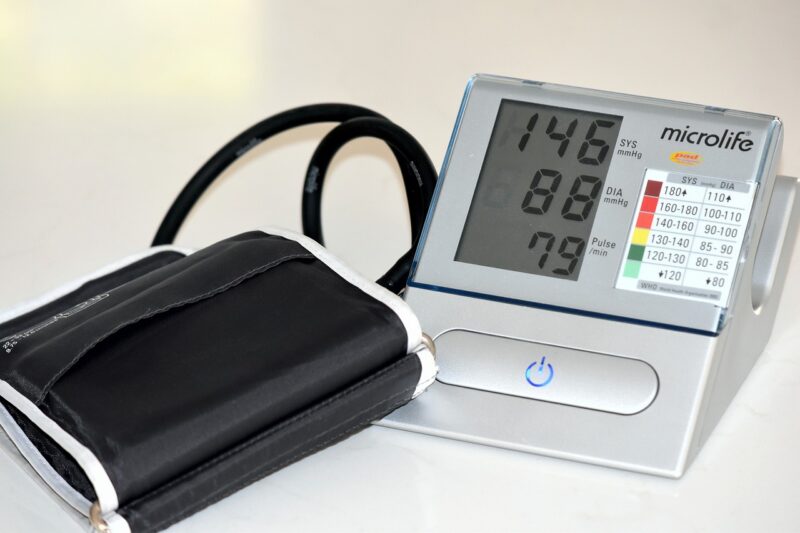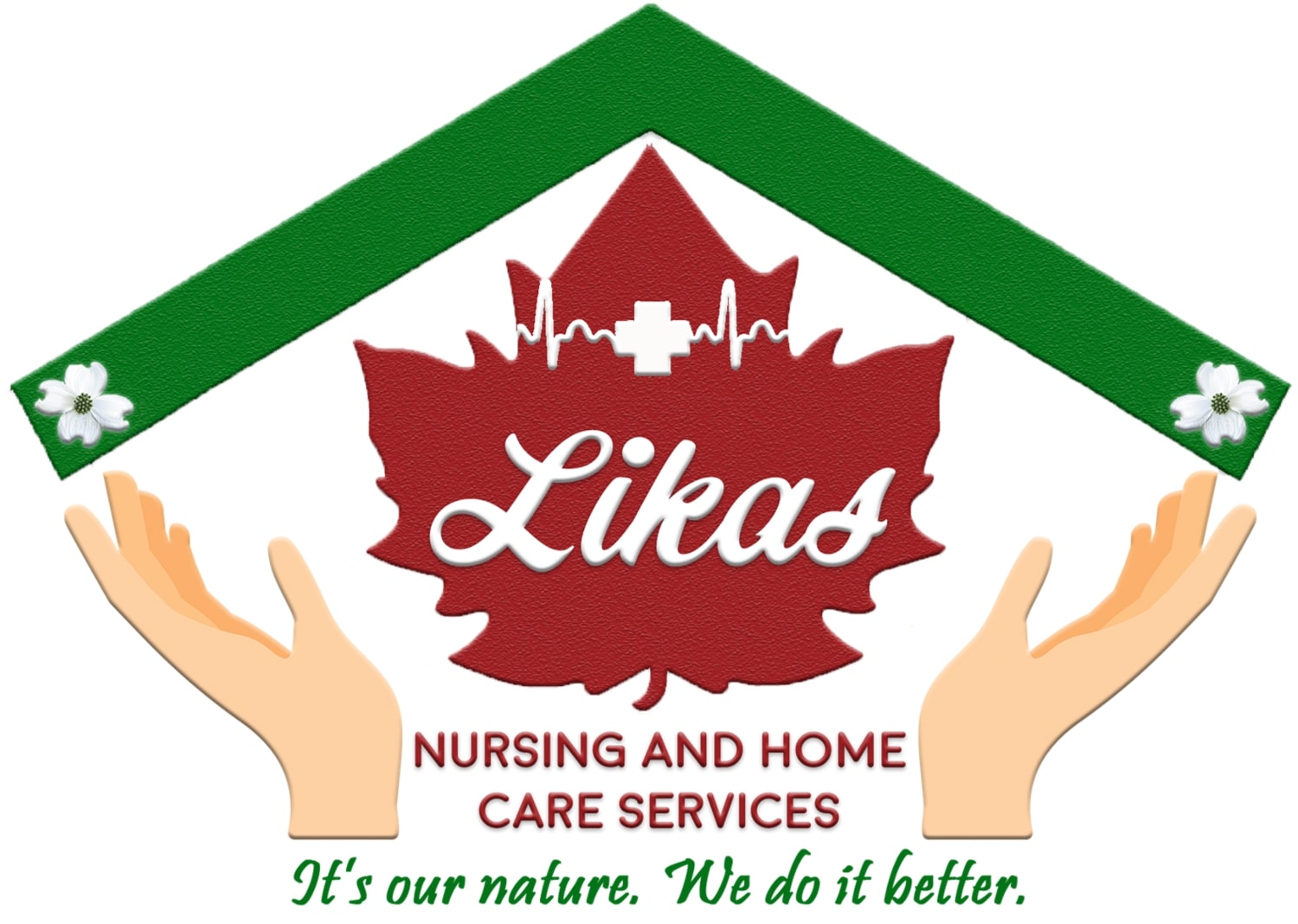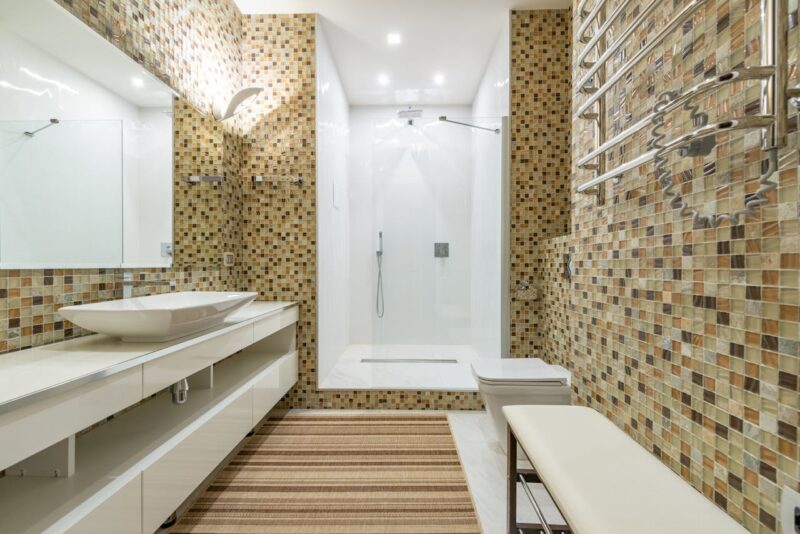Hypertension, also colloquially called “high blood pressure,” affects almost 86M adults in the United States and 1 in 4 people in Canada. This condition is a major risk factor for cardiovascular events, such as a stroke, myocardial infarction (heart attack), and chronic kidney disease. As such, hypertension is a primary contributor to disability-adjusted life years (DALY). In Canada, the costs of managing hypertension is predicted to reach $20.5 billion in 2020.
The diagnosis is made when elevated blood pressure readings are made at least twice on multiple visits. The normal blood pressure is less than 120/80. Stage 1 hypertension is diagnosed when the systolic blood pressure is 130-139 mmHg or the diastolic blood pressure is 80-89 mmHg.
Risk factors
Elderly individuals are more likely to have hypertension, as age is one of its risk factors. Having other diseases, such as diabetes or kidney disease, can also increase the risk of hypertension. Other risk factors include the male gender, being overweight or obese, not being physically active, a diet that’s high in salt or low in potassium, and tobacco and excessive alcohol use.
Management
Lifestyle changes are recommended to lower blood pressure and cardiovascular risk. Among these changes include weight loss, limitation of alcohol, sodium, and cholesterol intake, increased aerobic exercise, and smoking cessation.
In instances where lifestyle changes are insufficient to bring down the blood pressure, medications should be used. There are several types of drugs that can be used, with specific recommendations based on the evidence gathered from clinical trials.
Part of the management plan for hypertension is monitoring blood pressure. Your elderly loved one may opt to go to a local pharmacy or clinic to have his or her blood pressure taken daily, but it is always more convenient to monitor it from home.

Blood pressure monitoring
What you need. To monitor blood pressure, you may use a manual sphygmomanometer and a good stethoscope. You can also choose to get an electronic blood pressure monitor, in which case you will not need a stethoscope.
Manual blood pressure monitoring. If you are using a manual sphygmomanometer and a stethoscope, observe the following procedure:
Have the patient rest comfortably and relax the arms. Wrap the cuff around the upper arm, around 2 finger breadths from the antecubital fossa (where the elbow bends). The cuff should be comfortable around the patient’s arm and should not be very wrapped tightly. A good measure is to try inserting two fingertips under the cuff; if there’s room to slightly wiggle, the cuff is secured properly.
Position the diaphragm of the stethoscope on the medial side of the antecubital fossa, where the brachial artery is. Put the earbuds of the stethoscope into your ears, making sure these are tilted forward and snug. Make sure you can see the gauge.
Inflate the cuff using the balloon pump of the sphygmomanometer until it is 30 mmHg above the patient’s normal systolic pressure. Stop squeezing.
Turn the knob of the balloon pump counterclockwise (towards you) so that you can slowly release the air. Listen for heart sounds through the stethoscope, and note the numbers on the gauge once you first hear a heartbeat. This is the systolic pressure.
Continue releasing air until you stop hearing beating sounds. Note the number on the gauge. This is the diastolic pressure.
Wait 1 minute before retaking blood pressure and average values.
Record the blood pressure in a health record or personal notebook.
Using an electronic blood pressure monitor. If you have an electronic blood pressure monitor, simply follow these steps:
Have the patient rest comfortably and relax the arms. Wrap the cuff around the upper arm, around 2 finger breadths from the antecubital fossa (where the elbow bends). The cuff should be comfortable around the patient’s arm and should not be very wrapped tightly. A good measure is to try inserting two fingertips under the cuff; if there’s room to slightly wiggle, the cuff is secured properly.
Press the ‘on’ button on the machine to start inflating the cuff. Watch the screen as the cuff automatically deflates and records the systolic and diastolic pressure.
Wait 1 minute before retaking blood pressure and average values.
Record the blood pressure in a health record or personal notebook.
Tips for accurate blood pressure measurements
Have the patient sit quietly and relax for 5-10 minutes before taking his or her blood pressure.
Avoid caffeine intake, smoking, and exercise 30 minutes prior to the test.
The elbow should be at heart level, and the cuff should cover at least 80% of the upper arm. Also, the cuff should be placed on the patient’s bare skin.
Don’t let the patient talk while the measurement is ongoing.
Take blood pressure readings during different times during the day. Also, check the blood pressure in both arms at least once, as the blood pressure in the right arm may be higher than in the left.
Ensure that your device is working and properly calibrated.
Therapeutic targets
For most adults, the therapeutic target is normal blood pressure – that is, less than 130/90. This advocacy for more aggressive treatment has been recommended by the American College of Cardiology (ACC) and American Heart Association (AHA) in 2017. This is because the reduction of blood pressure to these levels significantly reduces the risks for complications and cardiovascular events.
However, in geriatric patients, additional care must be taken. The Eighth Joint National Committee (JNC 8) recommended in 2014 that individuals over 60 years old should have a blood pressure below 150/90. Meanwhile, patients of any age with diabetes and chronic kidney disease should aim for blood pressure below 140/90.
The recommendation for elderly patients may seem too lax, but this supports the finding that a lot of these patients are taking too many medications for blood pressure without additional benefits in reduction of morbidity. Instead, this adds unnecessary cost, compounds the risk for medication errors, and can result in adverse effects such as orthostatic hypotension. Orthostatic hypotension, or a temporary drop in blood pressure when a person stands, can cause dizziness and predispose him or her to falls.
Another study in 2019 has shown that older adults who are frail and have difficulty completing certain physical tasks, such as walking for 20 feet, benefit from a higher blood pressure and are less likely to have died. In this case, therefore, the elevated blood pressure is a coping mechanism to properly supply blood to crucial organs in the midst of stiffer blood vessels.
How Likas Nursing can help
As always, you and your loved one should consult a licensed physician to better tailor a management plan for hypertension. This customized plan should take into consideration his or her other conditions and autonomy and preserved functionality as part of a comprehensive geriatric assessment.
We at Likas Nursing can help you and your loved one manage hypertension, with the physician’s advice. We can do this, for example, through medication management, blood pressure monitoring, and attending to daily activities such as preparing healthy meals and encouraging exercise for a better lifestyle.
Contact us via this form or via phone at 778-772-8026 or 604-754-8781 for an appointment to set up a personalized care plan.



